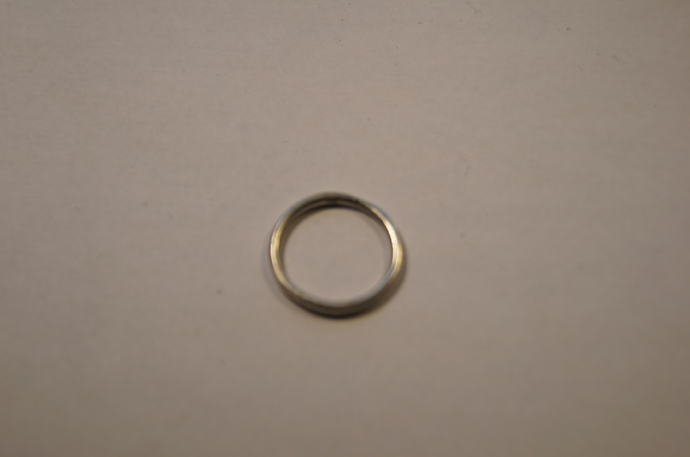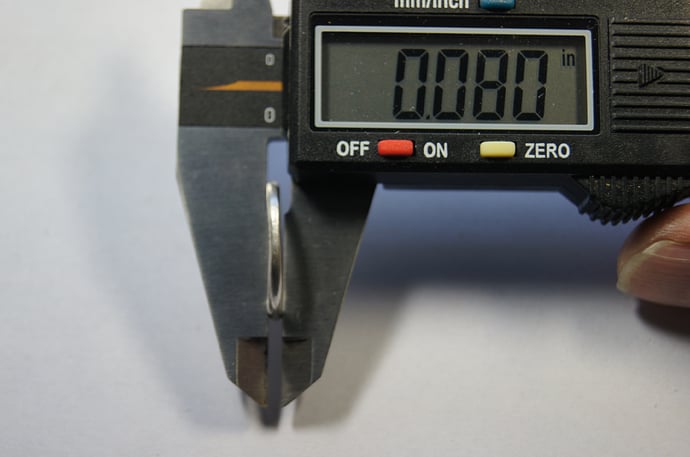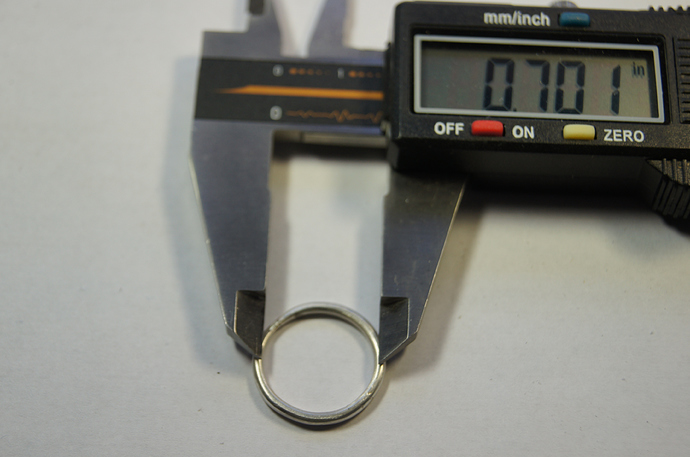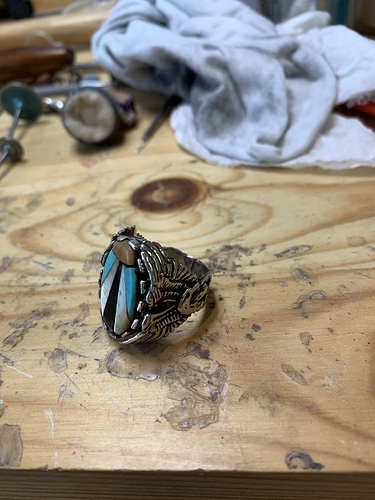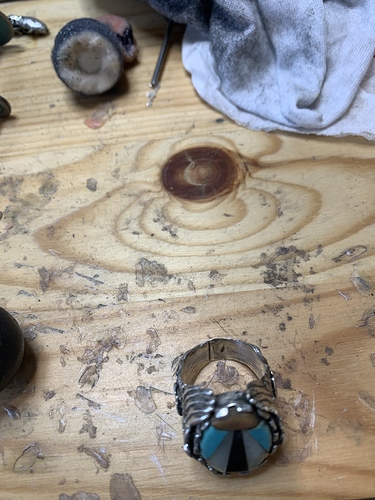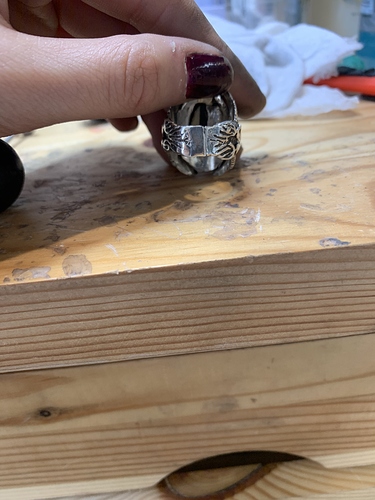Hi guys!
Recently a friend asked if I would be able to repair their “sterling silver” ring. The back split and it seemed like a simple solder repair down the back (where the ring hits the back of the finger). I don’t understand why, but for some reason the solder won’t flow at all. I’ve tried soft medium and hard silver solder, the seam is perfectly matched up there’s no gap and I’ve tried different torch tips for more and less heat, and theres no change.
Does anyone have any suggestions as to why this may be the case? I’ve never run into this problem before and don’t know where to go from here.
Any insight would be greatly appreciated!
Ava
